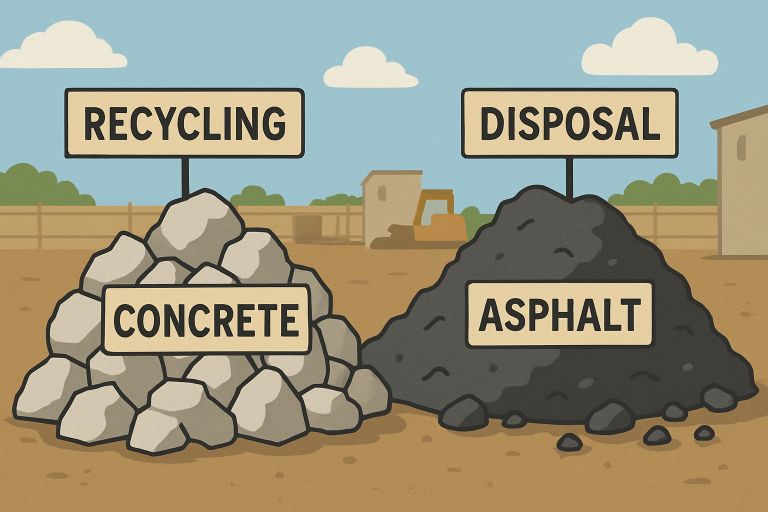How Solar Renewable Energy Credits (SRECs) Enable Sustainable Energy Growth
Key Takeaways
- Solar Renewable Energy Credits (SRECs) provide financial incentives to promote the adoption of solar energy.
- SRECs help utilities meet renewable energy requirements set by regulatory agencies.
- Understanding how SRECs work can help homeowners and businesses take advantage of solar energy opportunities effectively.
Table of Contents
- What Are SRECs?
- How SRECs Work
- Benefits of SRECs
- How to Earn SRECs
- The Impact on Solar Adoption
- The Future of SRECs
- Common Questions About SRECs
What Are SRECs?
Solar Renewable Energy Credits (SRECs) represent the environmental attributes of the electricity generated from a solar energy system. An SREC is generated for every megawatt-hour (MWh) of electricity a solar system produces. These credits can be traded to businesses and utilities striving to meet renewable energy quotas. This system is designed to support and encourage the adoption of solar energy by providing measurable benefits for solar producers. The value of SRECs varies depending on market demand and regulatory requirements, providing an additional revenue stream for solar system owners. States with SREC programs often set specific targets for renewable energy, which can create a robust market for these credits. Solar producers can earn financial compensation by participating in the SREC market and contribute to the broader goals of increasing renewable energy adoption and reducing greenhouse gas emissions.
How SRECs Work
SRECs are traded in markets where utilities and other energy suppliers purchase them to meet renewable energy standards set by government regulations. This system incentivizes solar power generation by offering a financial reward for each unit of solar energy created. For instance, a utility required to produce a certain percentage of its electricity from renewable sources can purchase SRECs to comply with these mandates. Introducing a solar renewable energy credit encourages the expansion of solar installations and overall cleaner energy production. This structure benefits the individual solar producer and supports broader environmental goals. The trading of SRECs can also stimulate growth in the renewable energy sector by creating a market-driven approach to achieving sustainability targets. Solar system owners benefit from the added financial incentive, which can improve the return on their investment and offset installation costs. As more entities participate in the SREC market, the increased demand for renewable energy further accelerates the transition towards cleaner, sustainable energy sources.
Benefits of SRECs
- Financial Incentives: SRECs provide a source of revenue for solar energy producers, making it more economically viable to adopt solar technology. This additional income stream can significantly offset the initial investment costs of installing solar panels, making it a more attractive option for homeowners and businesses.
- Environmental Impact: SRECs help to lessen greenhouse gas emissions and the reliance on fossil fuels by encouraging solar energy. They are vital in transitioning toward a more sustainable energy grid, helping mitigate climate change’s adverse effects.
- Market Demand: SRECs help create a demand for solar energy, further driving innovation and efficiency in the sector. As more entities participate in the SREC market, it promotes competition and lowers the overall cost of solar technology, benefiting end-users.
How to Earn SRECs
- Install a Solar Energy System: The first step is to install a solar energy system that meets the certification requirements of your state’s SREC program. This typically involves ensuring the system is interconnected to the electrical grid and meets specific technological standards.
- Generate Solar Power: Once your system runs, you must track its solar production. Each time your system generates one megawatt-hour (MWh) of electricity, an SREC is created. This will require monitoring equipment to measure and verify your energy output accurately.
- Sell Your SRECs: Utilize platforms that allow you to trade your SRECs to utilities or other buyers. Some various marketplaces and brokers specialize in the SREC market, helping producers connect with potential buyers.
The Impact on Solar Adoption
The introduction of SRECs has significantly driven the adoption of solar energy. Notably, states with active SREC markets have seen substantial growth in solar installations. By boosting renewable energy, these states set examples for others to follow. For example, New Jersey and Massachusetts have experienced rapid growth in solar installations due to robust SREC programs. These states’ successes illustrate how effectively SRECs can catalyze change in energy production practices, encouraging other regions to implement similar policies.
The Future of SRECs
As technology advances and policies evolve, the role of SRECs in promoting solar energy is expected to grow. Innovations in the market and increased awareness will likely enhance their effectiveness. For instance, adopting more comprehensive solar initiatives and policies is poised to sustain the market further. Furthermore, advancements in smart grid technology and energy storage solutions could simplify SREC tracking and trading, making it easier for producers to participate.
Common Questions About SRECs
Q: Are SRECs available everywhere?
A: No, the availability of SRECs varies by state and is often dictated by local regulations. Some states have well-established SREC markets, while others may not have any programs in place. It’s essential to check your state’s guidelines to understand your eligibility and the process involved.
Q: How long do SRECs last?
A: SRECs typically have a lifespan, often around five years, within which they can be traded. Producers must sell their credits within this period to benefit from them. The lifespan of an SREC can vary depending on state regulations, so it’s crucial to stay informed about local rules.
Q: Can businesses also earn SRECs?
A: Residential and commercial solar installations can generate and trade SRECs. Business entities, in particular, can benefit significantly due to their typically larger solar installations, driving more substantial revenue from SREC sales. This commercial participation is vital for scaling renewable energy production and achieving broader energy sustainability goals.














